Japan is home to a truly special treat called Ooma Tuna, highly regarded among the country’s seafood offerings. This delicious fish is famous for its incredible taste and incredibly smooth texture, making it a prized delicacy in the world of sushi. Ooma Tuna comes from a type of tuna or maguro which locals highly respected in the culinary world. Skilled sushi chefs carefully choose and prepare the best cuts of this magnificent fish, showcasing their expertise and artistry. With its beautiful marbling and tender, melt-in-your-mouth quality, Ooma Tuna promises a dining experience that goes beyond the ordinary. Come with us as we explore the fascinating world of Ooma Tuna, learning about its history, savoring its exquisite flavors, and discovering the secrets behind this beloved treasure of Japanese cuisine.
What is Ooma tuna?
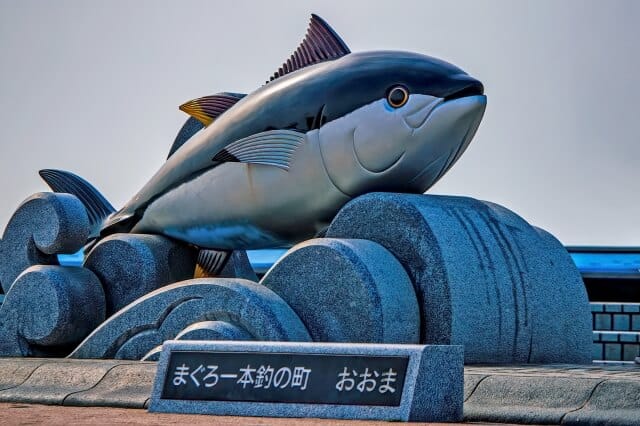
Ooma tuna or ooma maguro is the natural bluefin tuna caught in Oma Town, Aomori Prefecture. Locals called the Oma tuna the “black diamond” of the Tsugaru Strait because of its magnificent size and beauty. They also called this “Honmaguro” or “Kuro Maguro” and are the largest type of tuna. The tuna caught here usually weighs around 30 kg or more. Ooma maguro is one of the finest tuna caught in Japan. Locals make this sushi, typically served in small, bite-sized pieces and can be enjoyed on its own or with a small amount of soy sauce, wasabi, or pickled ginger, depending on personal preference. The taste and texture of ooma maguro can vary depending on the quality of the fish and the skill of the sushi chef. Locals often regarded this as a luxurious and sought-after sushi option and auctioned it off at a high price yearly.
Ooma tuna History
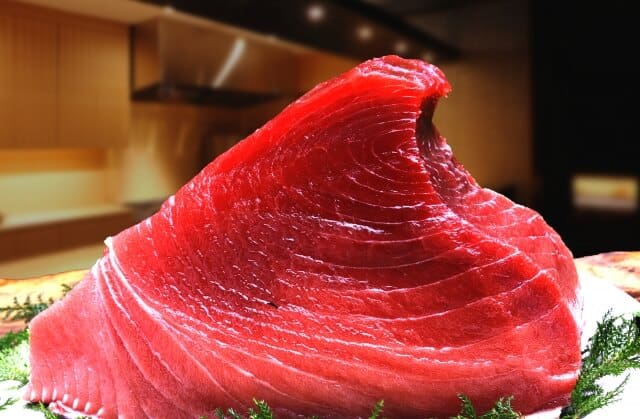
Ooma Tuna in Japan has its origins deeply intertwined with the country’s enduring connection to fishing and the coastal communities reliant on the bounties of the sea. Situated in Aomori Prefecture, the town of Ooma boasts a heritage steeped in fishing traditions that span centuries. During the Edo period, local fishermen in Ooma embarked on tuna fishing expeditions, targeting migrating tuna species found in the coastal waters. However, it was the Meiji period that witnessed the flourishing of Ooma’s tuna industry, propelled by advancements in fishing techniques and equipment.
In 2000, Oma’s Tuna gained widespread recognition following the airing of a serial TV drama that revolved around a tuna fisherman’s father. This brought Oma-cho into the national spotlight, leading to the town’s revitalization in 2001 with a prominent tuna cutting show as its centerpiece. Around 2003, pole-and-line fishermen were featured on television, generating significant interest and becoming a hot topic of discussion. The year 2006 marked a milestone for Oma tuna as it achieved its highest price at the first auction, solidifying the Oma tuna brand’s 15-year history. As time passed, Ooma earned a stellar reputation for its production of high-quality tuna, captivating the attention of sushi chefs and seafood enthusiasts across Japan. The Ooma Maguro brand became synonymous with excellence, representing the epitome of the country’s finest tuna.
What are the different types of Tuna in Japan?
Bluefin Tuna
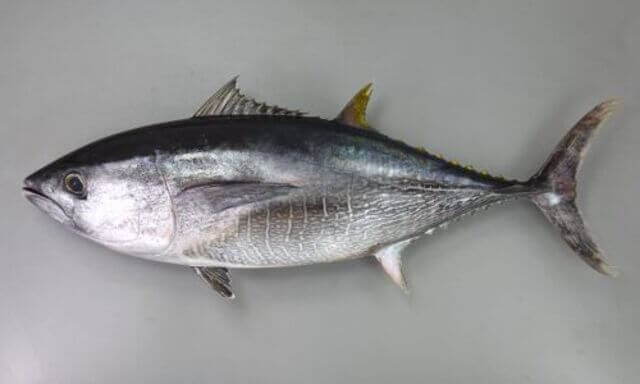
The king of the tuna world and the most sought-after variety is the bluefin tuna, which is also popularly known as “hon maguro” or “kuro maguro”. Fishermen catch it in the North Pacific and Atlantic Oceans, including the waters surrounding Japan. This species is recognizable by its shiny black body and impressive size, reaching nearly 3 meters in length. Bluefin tuna holds a prestigious status as a high-end fish, with a single wild tuna commanding a value of over 1 million yen. Due to its frequent trading at exorbitant prices, it has earned the nickname “Black Sea Diamond.”
Southern bluefin Tuna
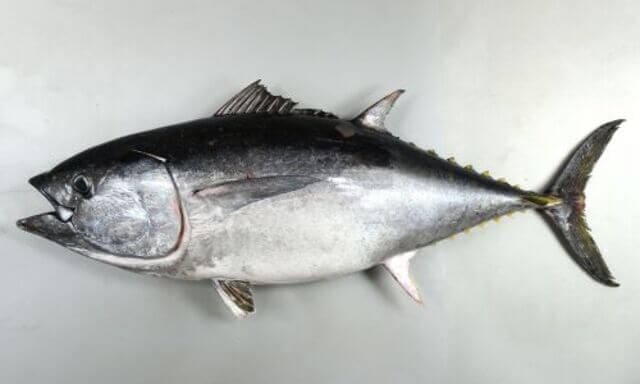
Fishermen catch Southern bluefin tuna, also referred to as Indian tuna, in the waters of the South Atlantic Ocean. Similar to yellowfin tuna, Southern bluefin tuna is a medium-sized species, typically reaching a maximum size of around 2.5 meters. It has gained recognition as a premium fish, following closely behind the esteemed bluefin tuna, and sought after for its potential to yield large fatty tuna. One notable characteristic of Southern bluefin tuna is its delectably sticky fat, which contributes to its rich, dark red meat known for its sweetness.
Yellowfin Tuna
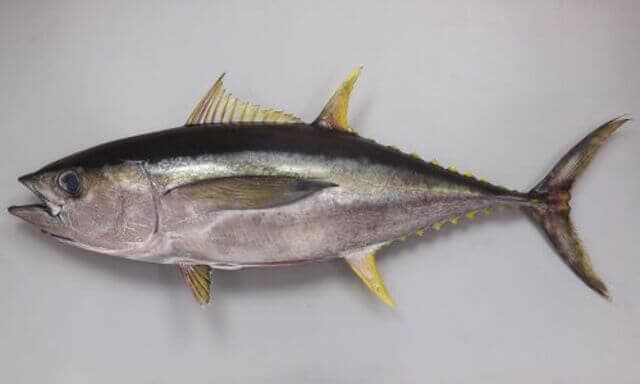
In kanji, yellowfin tuna is written as “yellow-skinned tuna,” showcasing its distinctively yellowish appearance. It belongs to the medium-sized category, alongside southern bluefin tuna and bigeye tuna, although those caught in Japanese waters tend to be slightly smaller, measuring up to 1.5 meters. Notably, yellowfin tuna stands out for its light lean meat and moderately firm flesh. Its firm texture allows it to maintain its shape even when prepared as sashimi, making it a popular choice for sashimi and sushi dishes.
Tuna fishing method
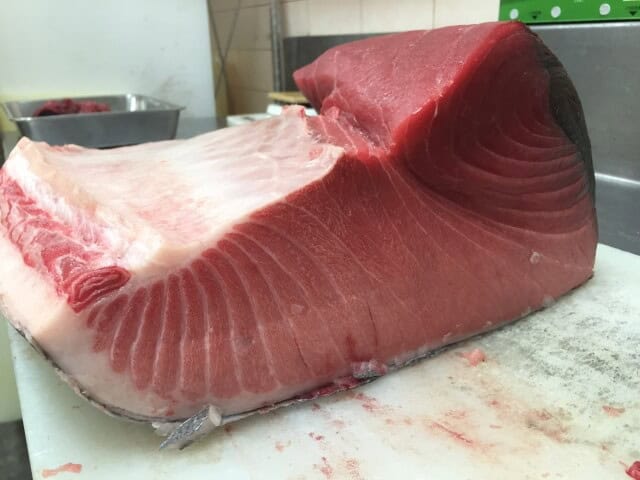
Pole and line fishing
This is Oma’s representative tuna fishing method. The Oma fishermen use live bait such a young squid and yellowtail, along with techniques involving tricks and artificial bait that create the illusion of life in dead Pacific saury and flying fish. This bait is employed to lure tuna in the sea. Once the tuna approach the boat, the fishermen employ an electric shocker to temporarily stun the fish, facilitating its capture. This method reduces the risk of dealing with the aggressive behavior of the tuna near the boat’s edge, where it is most violent. Ultimately, the game concludes with a harpoon expertly pierced near the gills, marking the crucial moment of capturing the tuna.
Longline fishing
This is the most common fishing method in tuna fishing. They hang a branch line with a fishing line from a mainline, which has a buoy or glass ball attached, and send it out to sea to catch tuna. The rope’s total length is approximately 5 kilometers, and they attach around 70 needles at intervals of 40 to 50 meters. In Oma, the operation of pole-and-line fishing takes place from sunrise to sunset, while longline fishing is conducted from sunset to sunrise.
Ooma tuna FAQ
- What is the Oma tuna season?
The fishing season varies depending on the location, and Oma is from around August to early January. The best season for tuna fishing is from autumn to winter when the water temperature is low. After that, fishing is prohibited due to preparations for spawning.
- How did Oma Town become a main attraction for Tuna?
Oma Town on the Shimokita Peninsula is at the northernmost tip of Honshu, facing the Tsugaru Strait. Japanese knew Oma as a fishing town where they caught Oma tuna, but in the past, there was no local tuna distribution at all. The turning point came in 2000 when the NHK TV drama broadcast “My Blue Sky” featured the daughter of a tuna fisherman in Oma as the main character. It becomes known to in response, volunteers who wanted to revitalize Oma with tuna started an initiative to attract customers with a tuna dismantling show as the main attraction in 2001.
Ooma tuna Recipe
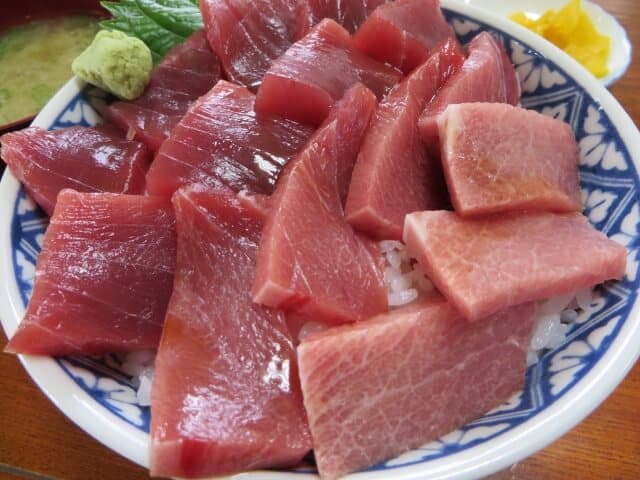
Ooma tuna Ingredients
| Ingredients of Ooma tuna for 2 persons | Measurements |
|---|---|
| Tuna (lean/saku) | 50g-80g |
| Mirin | 32g |
| Soy Sauce | 14g |
| Chinese yam | 12g |
| Myoga | 14g |
| Green onion | 8g |
| Mizuna | 15g |
| Radish | 25g |
How to make Ooma tuna?
Boil hot water in a pot, put the tuna shells in the pot, take them out as soon as the color of the surface changes, put them in cold water, wipe off the moisture, and put them in a plastic bag.
Place the mirin in a heat-resistant container and heat in the microwave (600W) for 1 minute and 30 seconds without wrapping.
Cut the Chinese yam, green onions into small pieces and mizuna into 3cm lengths, then shred the myoga. Thinly slice the radishes and soak the myoga, mizuna and radishes in water to drain.
Cut into easy-to-eat pieces, place on a plate with the juice, add the shredded ingredients and serve.
Where to buy Ooma tuna?
Tsurukameya Restaurant (鶴亀屋食堂)
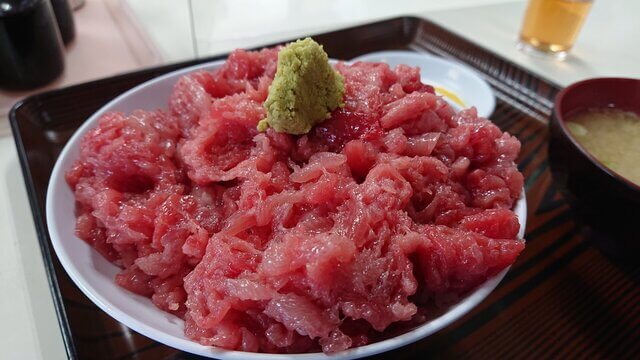
The most renowned seafood restaurant in Aomori Prefecture boasts a rich history spanning over 80 years, although the exact year of its establishment remains unknown. The extensive menu, which gained widespread attention through its feature on Nippon Television’s “Omoumaiten,” is truly remarkable in its breadth and variety. Notably, patrons can relish the extraordinary Oma tuna rice bowls, which offer a generous serving of this exquisite delicacy at an astonishingly affordable price.
Sakana Guino Omanzoku (魚喰いの大間んぞく)
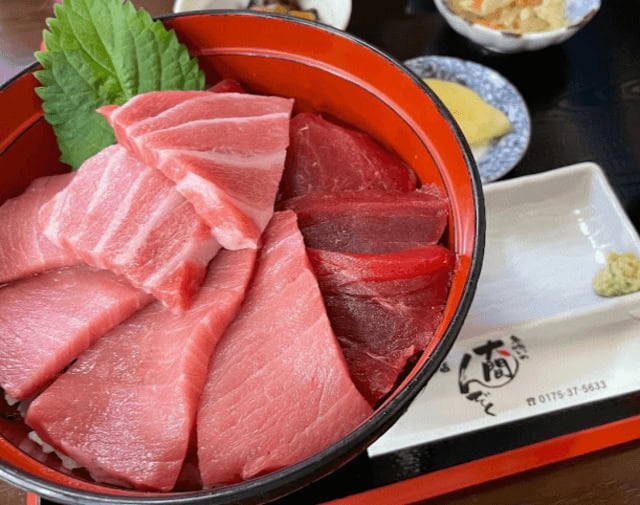
A popular restaurant in Oma-cho. The 3-color tuna rice bowl with large rice serving and the 3-color tuna sashimi set meal with large fatty, medium fatty, and red meat are popular. The sight of fresh tuna spread all over the bowl is worth seeing. The overwhelming volume and deliciousness will make you faint in agony.
Akemi-chan Guo (あけみちゃん号)
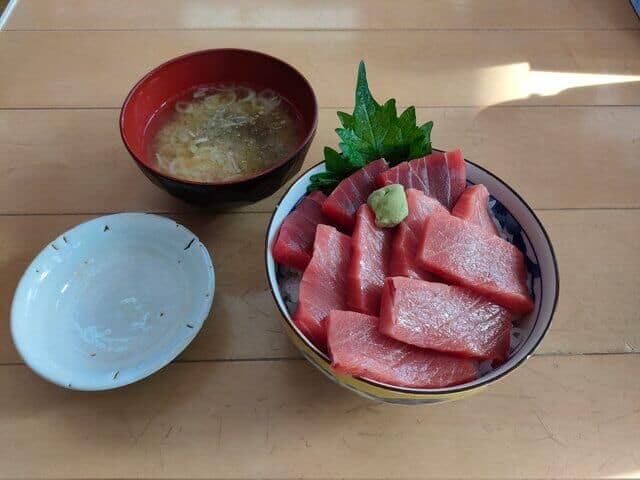
Another popular restaurant founded in 1990 in Oma-cho. It is also a restaurant served by the fishing boat that caught Japan’s best bluefin tuna in 1998. You can eat tuna from Oma at an unbelievably low price that you can never eat normally. You can also purchase fresh seafood that has just been caught.
Takeaway
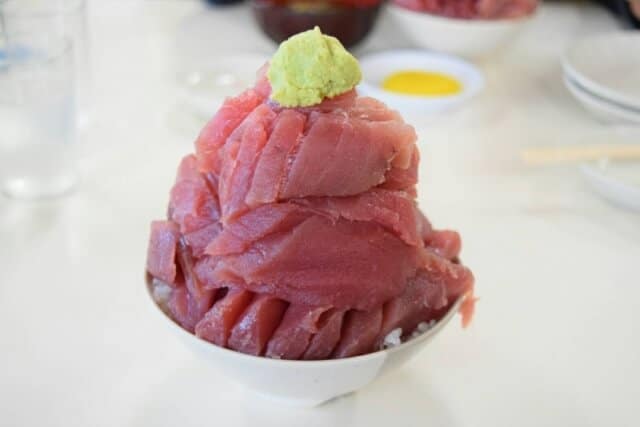
Ooma Tuna stands as a testament to the meticulous craftsmanship and rich culinary heritage of Japan. It started as a humble tradition in Ooma and has now become a highly sought-after delicacy. The history behind Ooma Tuna, the special fishing techniques used, and its incredible flavors are all fascinating to explore. By savoring Ooma Tuna, not only will you enjoy its delicious taste, but you will also gain a deeper appreciation for the hard work and dedication of the fishermen who have preserved this culinary treasure.
You can check some Japanese seafood dishes that we know you would like to try too.



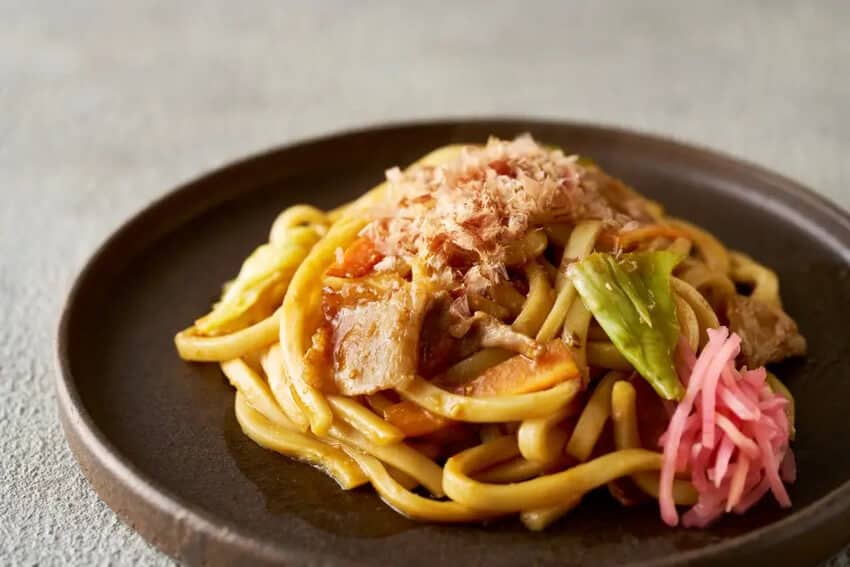
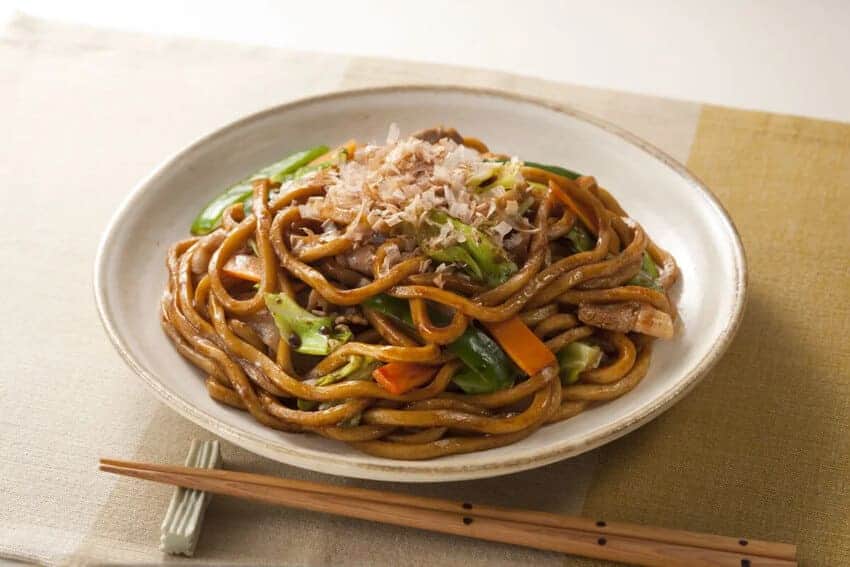

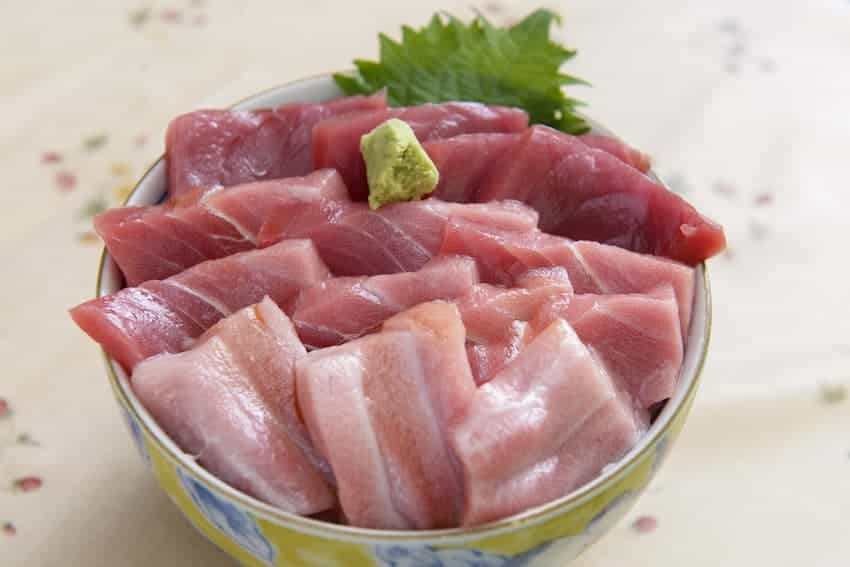
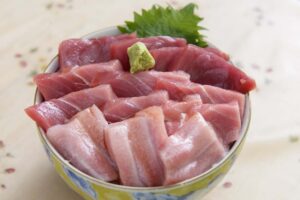

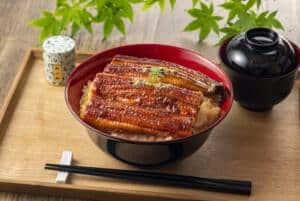


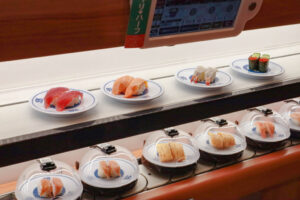

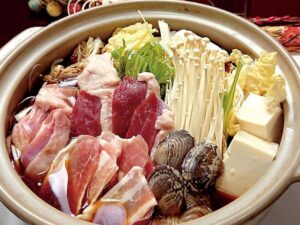

Comments